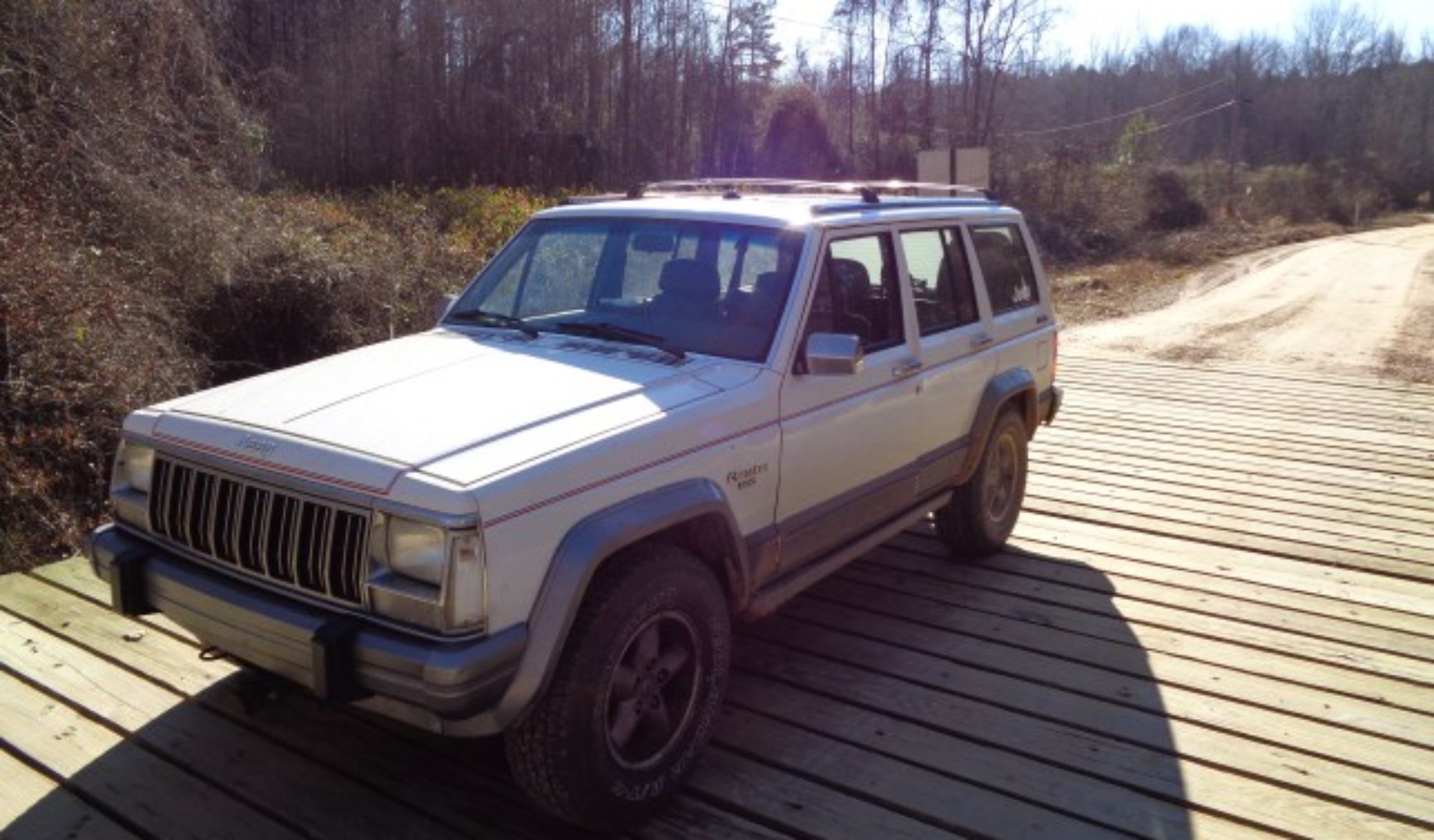1995 GMC Suburban HVAC controls repair
The 1995 Chevrolet and GMC trucks are unique in their HVAC controls. Even though the appearance of the panel is similar, the 1994 and earlier use a different control head as well as the 1996 and later.
The mode selector switch and the temperature control switch operate electric actuators on their respective mechanical dampers. The controller sends a variable voltage signal to the actuator to command it to move to the appropriate position.
The fan speed is controlled by a separate multi position switch. The fan switch operates independently of the rest of the HVAC controls in the control head.
The mode damper control and temperature control is accomplished using transistors, diodes and resistors on a circuit board mounted behind the control knobs. Some people have reported success in replacing faulty transistors to get their controllers working again. I tried replacing the defective transistor on my board but it did not restore proper operation.
A complete replacement head unit is around $140 from Amazon.com. I was able to get one from a junkyard for a lot less. The circuit board is the same for the pickup, Tahoe and Suburban. The main difference between the different vehicles is the rear defrost control relay. The relay can be swapped into a base that does not have one.
To remove the controller from the dash, begin by removing the dash surround. Simply dig your fingers into the groove around the face panel and pull back to release the clips. To get enough to room to remove the panel, it helps to have the gear selector in low.
Before you can pull the panel very far out, you will have to disconnect the head light switch. Simply depress the locking tab and separate the plug. Set the panel aside.
The HVAC controller can now be pulled form the dash. However to get enough room to access the wires, you will likely have to remove the radio. It is held in place by two clips on the slides on each side. Depress the clips and pull the radio straight out. Disconnect the antenna cable first and then rotate the radio to disconnect the other three harnesses. Make sure that you have the theft lock code before depowering the radio, or turn the theft lock feature off.
Now you can pull out the HVAC control panel from the dash. It is likely that the locking tabs will break, as this plastic gets brittle with age. The locking tabs are not critical, as the front plate will hold the controller in place. Next, disconnect the two wiring harnesses. Mine were very difficult to separate form their sockets. There is more wire behind the dash that can be pulled out to get a better grip on the plugs to separate them.
Replace the defective components and reinstall the controller, radio and front panel.
The mode door actuator is located near the transmission tunnel on the driver’s side. It is held in place by two small screws and a tab. The screws on mine had 7/32 hex heads. The actuator can be removed and tested to see if the trouble is the actuator or the control unit in the dash. My actuator was fine and the trouble was with the head unit.


